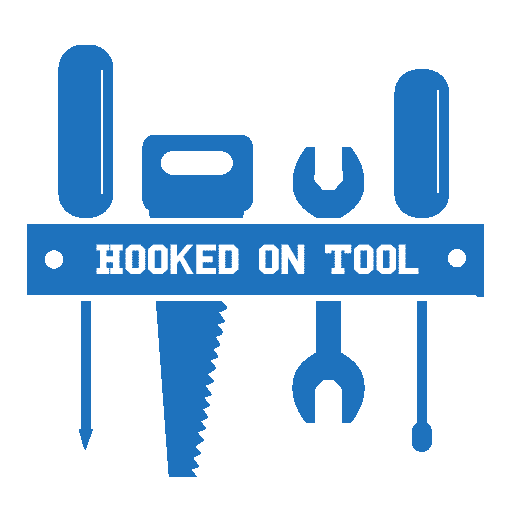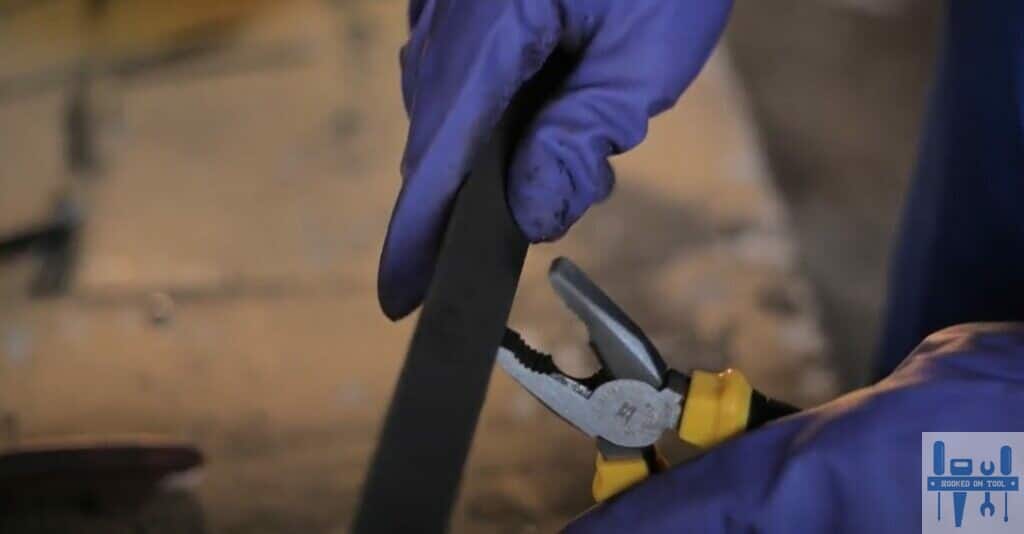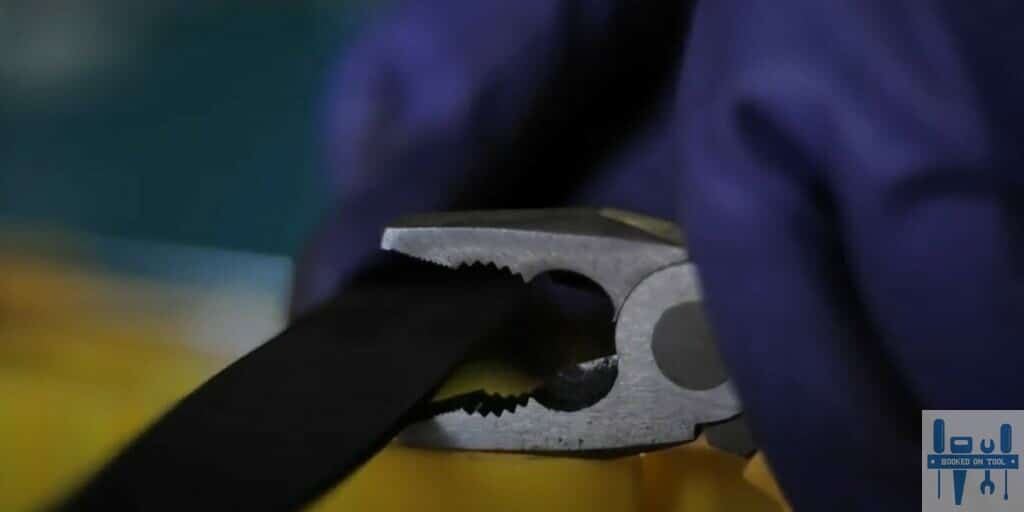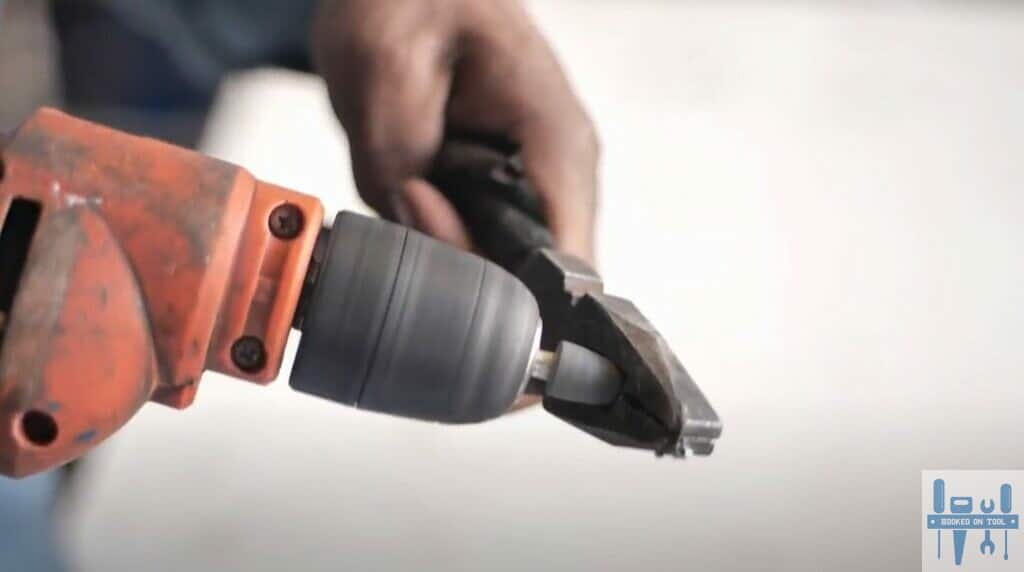
You’ll find an extensive range of wires consisting of different materials like steel or copper. While you’ll have some luck cutting the most of these wires at home with your pliers, some do require sharper tools and wire cutters.
It can be annoying when your pliers get stuck and make a whole mess instead of a clean cut. If you don’t have a sharp wire cutter, the only thing that you can expect is trouble when getting through any DIY project.
Without a doubt the best skill that I learned as a workman was to sharpen up and maintain my tools, especially the wire cutters.
These tools can be used for decades if you keep them sharp, clean, and rust free. So, put some time into the maintenance of your wire cutters every now and then.
How To Sharpen Wire Cutters
You can rely on several accessories like a filer or a rotary grinder to sharpen up the wire cutters. While it does require a bit of skill, I am sure that you’ll get a hang of it in no time.
Skilled professionals only take a few seconds to sharpen up their tools, and with time you’ll be in the same shoes.
Using A Filer
The easier method to sharpen the wirecutters is to rely on a metal filer. It will give you more control, and will only take a bit more time than using a power grinder.
Step 1 — Safety
Before getting on with sharpening the wire cutters, you need to first keep track of your safety. While the risk here is not that significant, you’ll still need a set of work gloves and safety goggles.
Similarly, clearing up the workspace and adding a lightsource to the area will help you later on.
Step 2 — Secure The Wirecutters
After you’re done with the precautionary measures, use a clamp to hold down the wire cutters in place. This will free up both of your hands, and you can apply more pressure with the metal file.
There is no need to save time and use a metal file in one hand and the wire cutters in the other.
Step 3 — Use Metal File
Once you’re sure that the wire cutters are secure, use the hand file to grind down the sides of the wirecutter. Make sure to spend a few minutes grinding each side and create a sharp angle.
A slight burr will develop on the blades, which can later be addressed in the cleaning phase.
Step 4 — Testing The Sharpness
After you’re done grinding, test out the wire cutters on robust wires to test its durability. If these wire cutters are sharp enough, you won’t have to worry about anything.
However, if you’re struggling, then go back to the previous step and keep grinding with the metal file.
Step 5 — Clean
When you’re satisfied with the sharpness and don’t wish to put more work in, just grab a brush and start cleaning away the burr and the metal particles.
A small layer of mineral oil will also help maintain the integrity of the wire cutters, and you can further use WD-40 for enhanced protection.
Using An Rotary Grinder
If you’re a bit experienced and don’t wish to waste time with the metal filer, then you can work with a rotary grinder to help with the sharpening routine.
The only difference here is that instead of grinding the sides with the metal filer, you can just hold the rotary grinder across the blades.
Your entire focus should be on making sure that the angle is sharp. Putting too much pressure on one side and ignoring the other will only damage the hardware.
It will take seconds if you use the rotary grinder correctly, but if you’re new, just try the metal filer.
The Takeaway
Managing your wire cutters can be difficult, but with a bit of practice, a metal filer will be all that you need to maintain your cutters. You can find a decent filter at every hardware store, and it won’t damage your budget.
From there, everything boils down to practice and spending a bit of time every week should be enough to help you learn. Once you’re experienced, testing out a rotary grinder isn’t a bad idea.
However, if you’re new, then sticking with the metal filer first is the recommended option.






